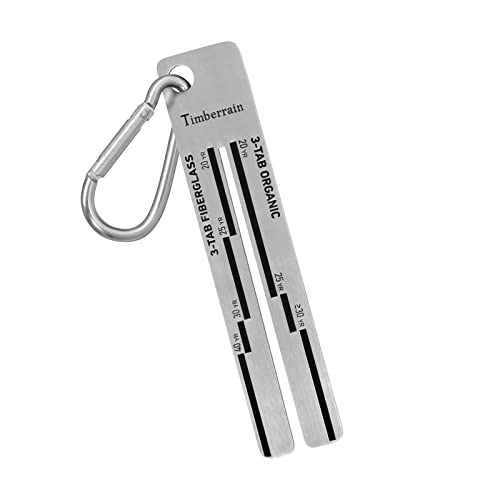This problem describes a secondary transmission line with a current of 75.93A and voltage of 132kV fed from a generator on the primary (at 13.2 kV) thru delta-wye transformer. The question is: "The load current in the generator is most nearly..."
When I solved the problem, I assumed it was asking for the line current at the generator and used the following, Ip = Is*sqrt(3)/a, since it was a delta-wye configuration. This gave me approximately 1320A
However, the solution gives Ip = (Vs/Vp)Is = (132kV/13.2kV)(75.93A) = 760A, which appears to solve for the phase current on the delta primary.
Both the 1320A and the 760A are listed as possibilities. Next time, how can I determine which current I should be calculating when the question doesn't specifically call for the "phase" or "line" current? Thanks.
When I solved the problem, I assumed it was asking for the line current at the generator and used the following, Ip = Is*sqrt(3)/a, since it was a delta-wye configuration. This gave me approximately 1320A
However, the solution gives Ip = (Vs/Vp)Is = (132kV/13.2kV)(75.93A) = 760A, which appears to solve for the phase current on the delta primary.
Both the 1320A and the 760A are listed as possibilities. Next time, how can I determine which current I should be calculating when the question doesn't specifically call for the "phase" or "line" current? Thanks.




















